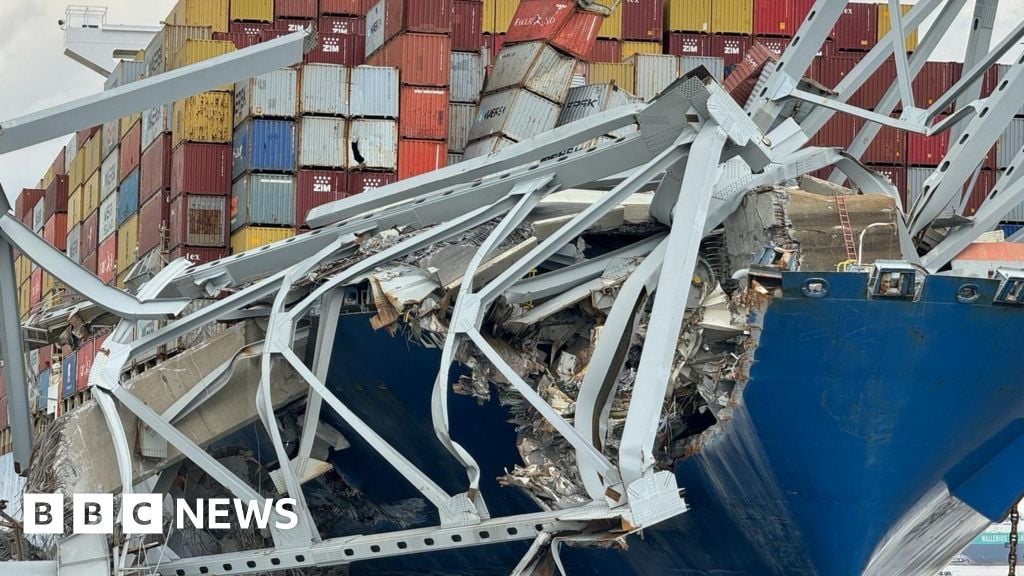US Army Colonel Estee Pinchasin looks out at the thousands of tonnes of twisted, broken steel and concrete jutting out from the dark waters of Maryland’s Patapsco river, and delivers her assessment: an “unforgiving mangled mess”.
“That’s the best way to describe this,” the fatigue-clad veteran says from the deck of an Army-operated salvage vessel, the Reynolds. “It’s hard to explain steel that is cantilevered, bent and smashed with so much force.”
The “mess” Col Pinchasin has been tasked with clearing is the tattered remnants of Baltimore’s Francis Scott Key Bridge, strewn around - and embedded into - the Dali, a massive 948ft (289m) cargo ship that now sits motionless under an expanse of shredded metal, with partially crushed shipping containers hanging from its sides.
The mangled mess is self-explanatory. But why unforgiving? Because, put simply, anything and everything here is a potential threat to the lives of salvage crews.



Insurance companies will be cheap and the shipper will still have a duty to complete the shipment of undamaged items. Like 95% of the ship is fine, there is no way the insurance companies will pay out on a delayed shipment.
The insurance company is also far more concerned about how much they are on the hook for with the bridge.
I read in a few places that due to centuries old laws, the liability might be capped to the value of the ship. Which means that for the most part the tax players would be on the hook for the bridge (as usual).